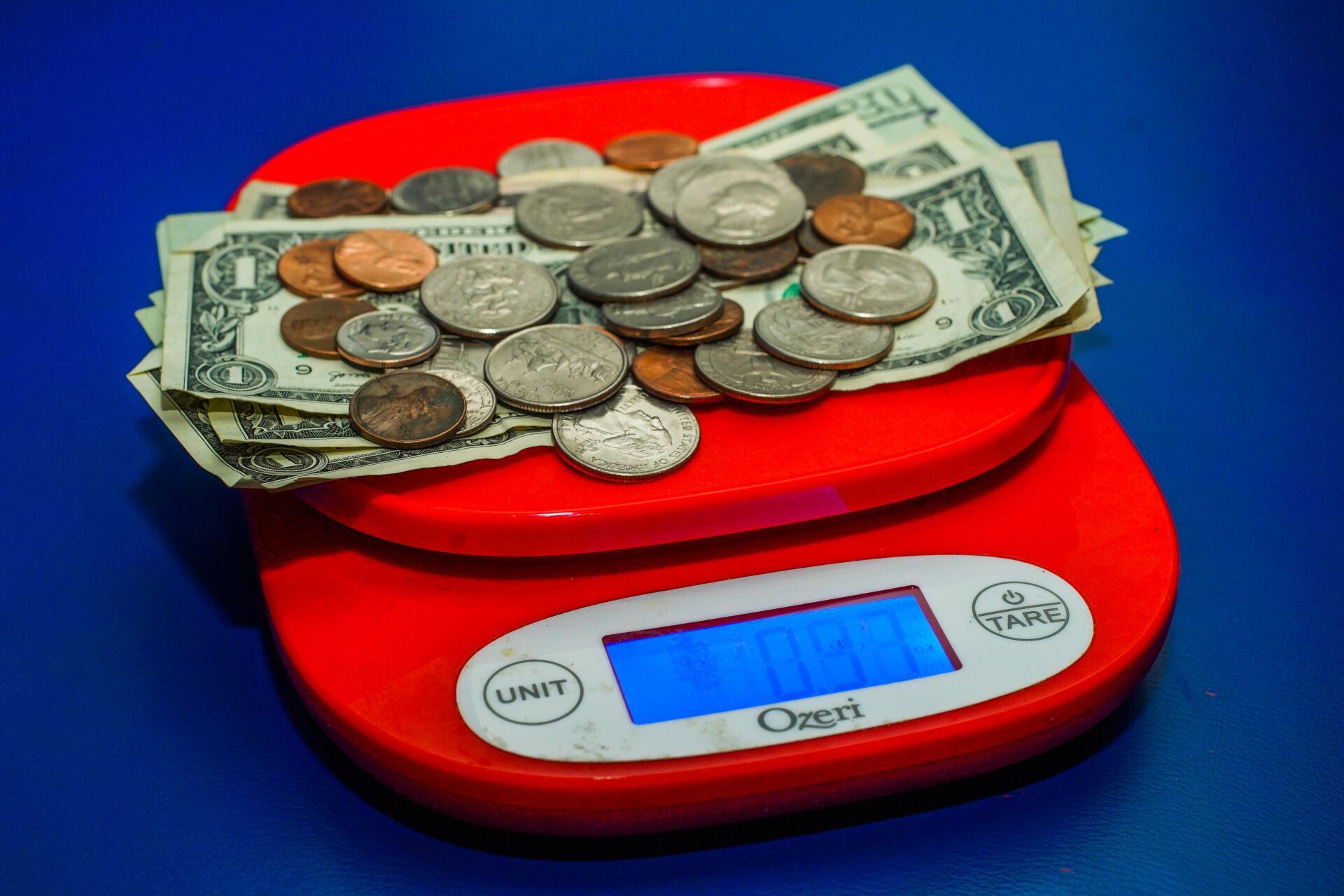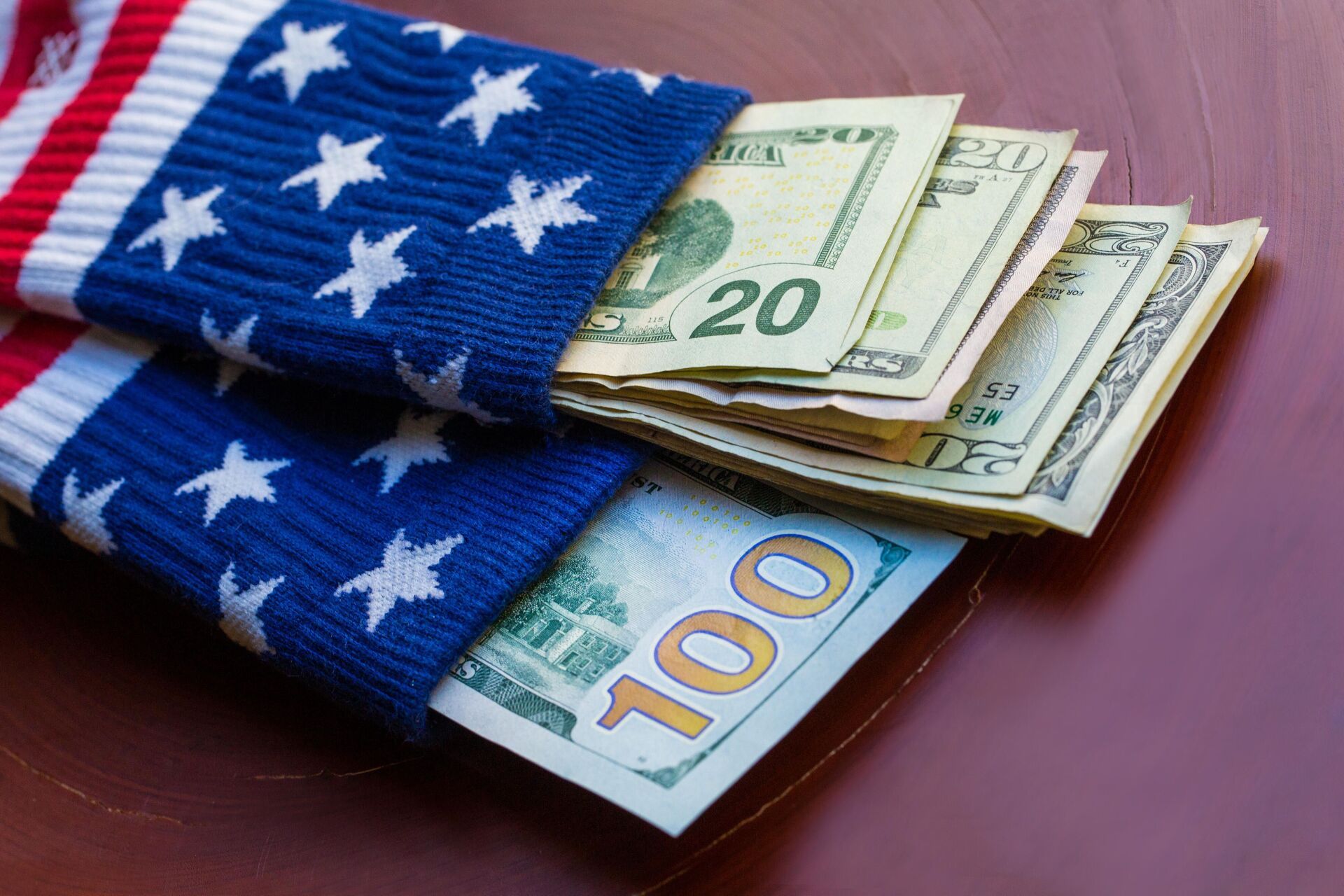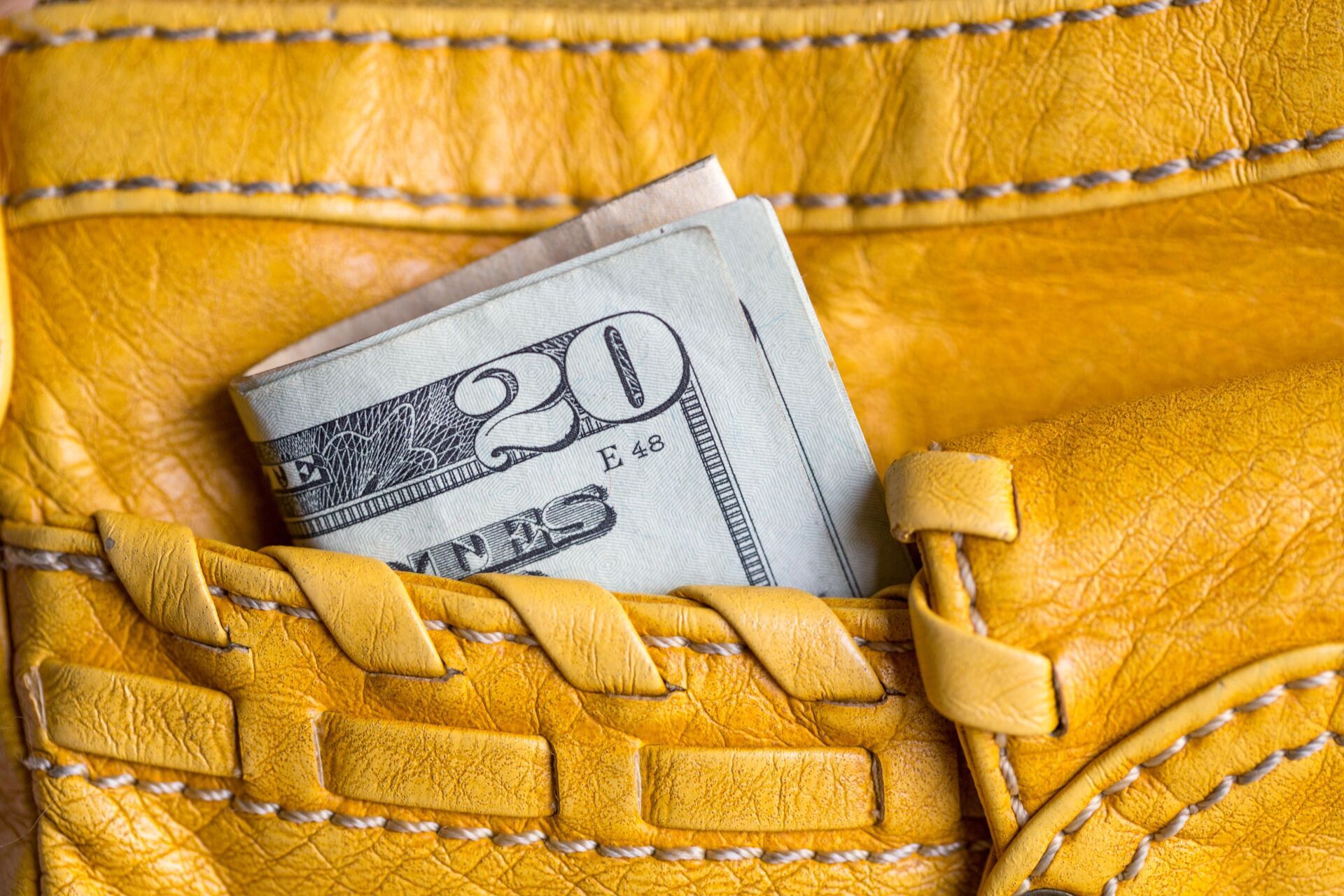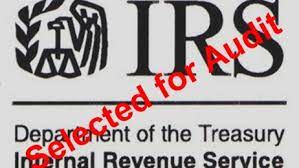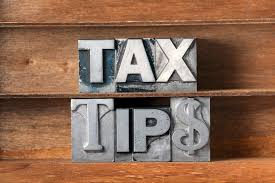How to get your next coronavirus stimulus check, and other questions, answered
Congress has agreed to another round of direct payments. Here’s when the IRS will send out $600 checks.

Congress approved a stimulus package on Monday after reaching a deal on the provisions of the $900 billion plan. Like the $2.2 trillion CARES Act that Congress passed in late March, the second coronavirus stimulus will distribute cash directly to individual Americans as the coronavirus crisis inevitably stretches into 2021.
But the new stimulus checks won’t be exactly like the first ones: Eligible adults will receive up to $600 each — half the amount allotted during the first round of payouts. As with the first round of stimulus, checks will get smaller with higher incomes, at a decreasing rate of $5 less for every additional $100 of income starting at $75,000 and cutting off entirely at $99,000. Couples can receive up to $1,200 and households with children under the age of 17 are eligible for $600 per child.
On Monday, House Speaker Nancy Pelosi said she would have preferred the checks to be bigger but added they are still “significant” and “going out soon.” The payments will either be sent via direct deposit in the coming weeks or mailed as a paper check or prepaid debit card.
It’s clear top lawmakers and administration officials like Treasury Secretary Steve Mnuchin want to get direct stimulus payments out in the coming weeks. Speaking on CNBC Monday morning, Mnuchin laid out an optimistic timeline for when Americans will see relief.
“The good news is this is a very, very fast way of getting money into the economy,” Mnuchin said. “Let me emphasize: People are going to see this money at the beginning of next week.”
After months of tense deliberations and stalemates over a second relief package, questions are emerging about when and how checks will be distributed this time around, and how long the process could take. Here’s what we know so far.
Who qualifies for a $600 direct payment?
The one-off stimulus checks will be distributed according to the adjusted gross income reported on an individual or couple’s 2019 tax returns. The payments will be adjusted as follows:
- Each adult who earned $75,000 or less is eligible to receive up to $600, and children under 17 are also eligible. A family with two adults and two children would be eligible for a $2,400 check. Heads of household making up to $112,500 are also eligible for a check.
- Adults who earned more than $75,000 will have their payout reduced by $5 for every additional $100 in income. There are some calculators out there for you to get an estimate on how much a second stimulus check could be based on your income, filing status, and number of dependents.
- Adults who earned $99,000 or more are not eligible for the direct payments.
- As with the first round of payments in the spring, adults who are claimed as dependents (including many students) are not eligible for direct payments.
- Undocumented immigrants will not be eligible for a direct payment, though households in which one parent has legal residency and another does not would be eligible for checks, according to the Washington Post.
- Those who did not file a tax return for 2019 will need to complete a separate form to receive the one-time payment.
When will people receive their direct payments?
With Congress passing the bill just days before the end of the year, checks definitely won’t be distributed ahead of the holidays. On Monday, Treasury Secretary Steven Mnuchin said millions of Americans would begin to receive stimulus checks as early as next week. This is a faster timeline than the spring, when the IRS started to disburse checks within two weeks of congressional approval of the CARES Act. On an individual basis, the time it will take to receive a stimulus check depends on whether an individual or couple filed taxes in 2019.
- If an individual filed taxes during 2019, the IRS already has their information on file. The payment is expected to be delivered to their bank account in a matter of weeks. Mnuchin estimates the IRS could begin depositing 100 million checks on December 28.
- If the IRS does not have your bank information on file, the agency will send checks via mail. This process could take up to five months.
How can I get my direct payment?
Whether you get your stimulus check deposited directly into your bank account or mailed out in the form of a paper check or prepaid debit card largely depends on whether your bank information is on file with the IRS.
The first round of stimulus payments going out this spring showed that direct deposit payments are usually faster than mailed checks. Here’s what to expect.
- For many adults, there’s no additional action required to obtain the direct payment: If people have filed a tax return in 2019 and included their direct deposit information in these filings, the payment will likely be automatically deposited by the IRS in the coming weeks. These people will likely be the first ones to receive a payment since their information is already on file with the IRS.
- Those without bank information on file with the IRS can expect to receive payments in the mail, either in the form of a paper check or prepaid debit card. Remember, after the CARES Act was passed this spring, the first round of paper checks that were mailed out went to those making less than $20,000 per year — in other words, those Americans with the lowest incomes. The Treasury Department sent those out in waves in the spring, week by week. So, it could take longer for higher earners who don’t have their bank information on file with the IRS to get their payments.
- For those who have filed a tax return in 2019 but who did not include direct deposit information in those filings, the IRS rolled out an online tool in March that allowed people to submit these details and expedite their payment. That website is still up and running, and it allows people who didn’t get their first stimulus check to file for it.
What else do I need to know?
There will likely be more guidance rolled out in the coming days. When it comes to stimulus checks, information is expected to be available through the IRS’s “Get My Payment” tool.



